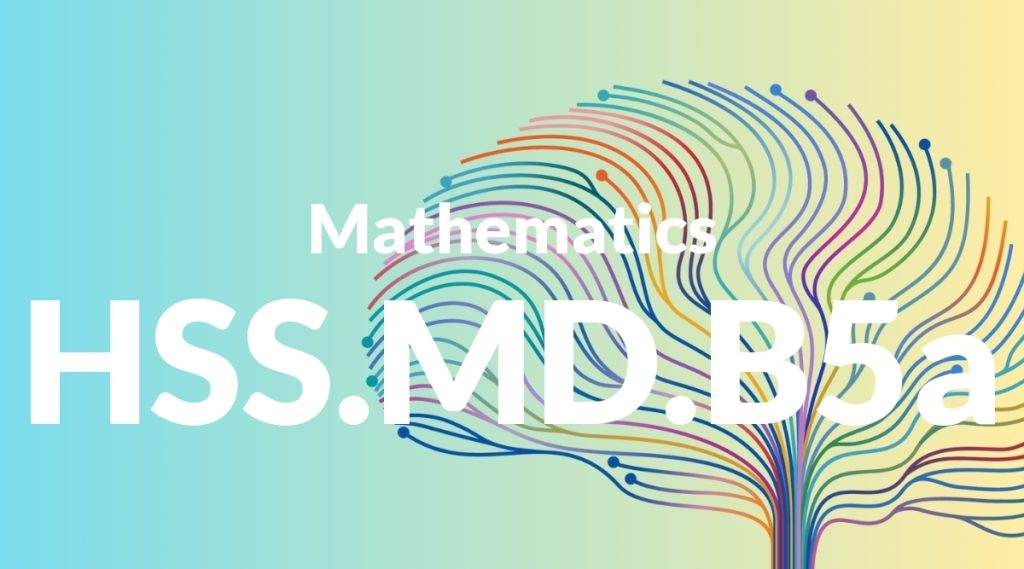Standard: HSS.MD.B5a – Find the expected payoff for a game of chance. For example, find the expected winnings from a state lottery ticket or a game at a fast-food restaurant.
Grade level: High School: Statistics & Probability
Subject: Mathematics
Domain: Measurement & Data
Teacher Overview
This standard focuses on understanding and calculating the expected payoff in games of chance, which is a fundamental concept in probability and statistics. Mastery of this standard is crucial for students as it lays the groundwork for more advanced topics in statistics and real-world applications in various fields such as finance, insurance, and risk management. Students need to be comfortable with basic probability concepts, including probability distributions and expected value, as well as basic algebra and arithmetic operations.
Mastering this standard prepares students to apply their understanding of expected value to more complex scenarios, such as decision-making under uncertainty and risk management. It also sets the stage for advanced topics in probability and statistics, including hypothesis testing and statistical inference.
Common Misconception 1
A common misconception is that the expected payoff guarantees a specific outcome. This is incorrect because the expected value represents an average outcome over many trials, not a guaranteed result in any single trial.
Intervention 1
To address this misconception, use simulations and multiple examples to demonstrate that the expected value is an average outcome over many trials. This can help students understand that while the expected value provides a useful measure, it does not predict specific outcomes.
Common Misconception 2
Another common misconception is confusing the expected payoff with the most likely outcome. The expected value is a weighted average of all possible outcomes, while the most likely outcome is the one with the highest probability.
Intervention 2
To remediate this misconception, clarify the difference between expected value and mode by comparing scenarios with different probability distributions. Use visual aids like graphs and charts to illustrate these concepts.
Prerequisite Knowledge
Students should have a basic understanding of probability, including concepts such as probability distributions and expected value. They should also be familiar with basic algebra and arithmetic operations.
Subsequent Knowledge
After mastering this standard, students will be able to apply their understanding of expected value to more complex scenarios, such as decision-making under uncertainty and risk management. They will also be prepared to tackle advanced probability and statistics topics, including hypothesis testing and statistical inference.
Instructional Activities
- Simulate rolling dice to calculate the expected value of different outcomes.
- Analyze real-world lottery or casino data to determine expected payoffs.
- Create and play a classroom game of chance, then calculate the expected value of winnings.
- Use software tools to model probability distributions and expected values.
- Discuss and solve problems related to insurance policies and expected payouts.




